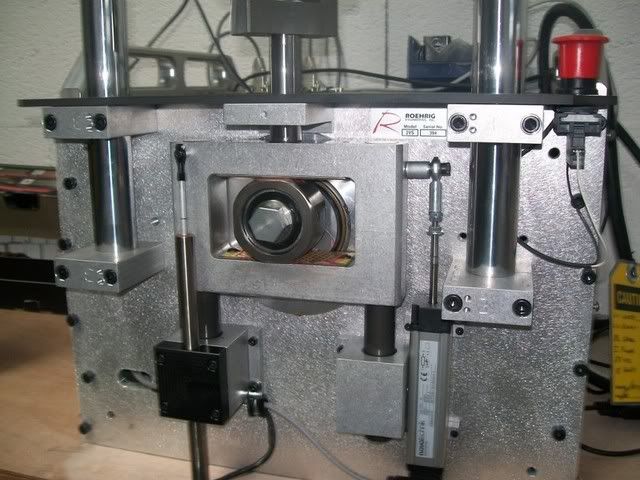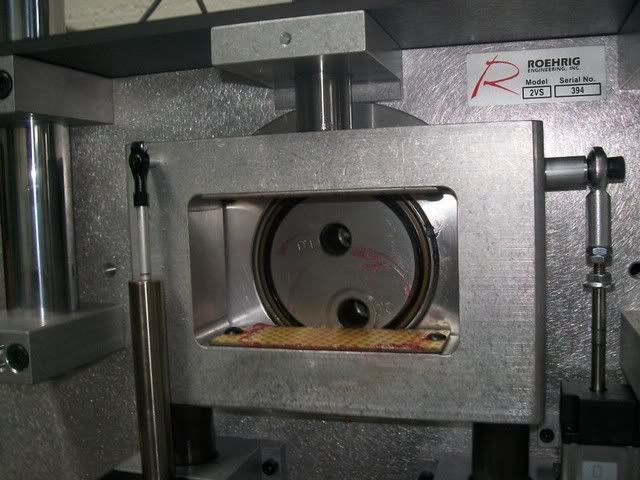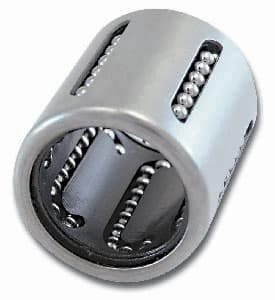koushik123
Automotive
- Dec 28, 2013
- 11
Hi everyone
I am in the process of building my own shock dynamometer for racing applications. An overview of my design
1.Motor : 3 Hp,Single phase,220 v motor with a Max rpm of 3450
2.Mechanism : Slider crank mechanism with a setup to provide different stroke lengths ranging from 50mm - 200 mm
3.Load cell : Strain Gauge
4.Target damper speed : upto 500mm/sec
5.Speed control : Variable Frequency Drive
Please input your suggestions.
Help me with Data acquisition system as i am completely new to that stuff.
Thanks in advance
I am in the process of building my own shock dynamometer for racing applications. An overview of my design
1.Motor : 3 Hp,Single phase,220 v motor with a Max rpm of 3450
2.Mechanism : Slider crank mechanism with a setup to provide different stroke lengths ranging from 50mm - 200 mm
3.Load cell : Strain Gauge
4.Target damper speed : upto 500mm/sec
5.Speed control : Variable Frequency Drive
Please input your suggestions.
Help me with Data acquisition system as i am completely new to that stuff.
Thanks in advance




